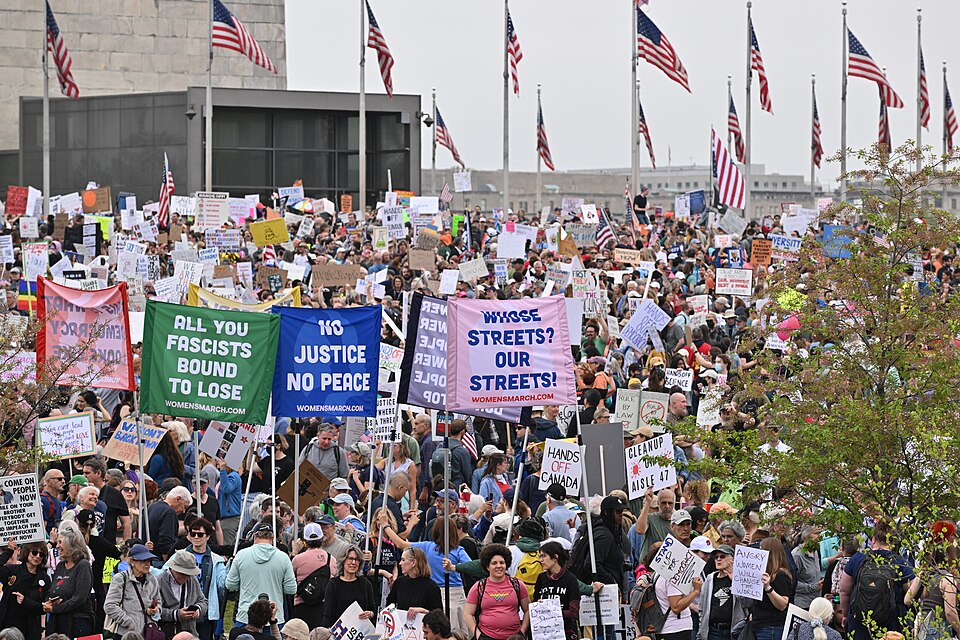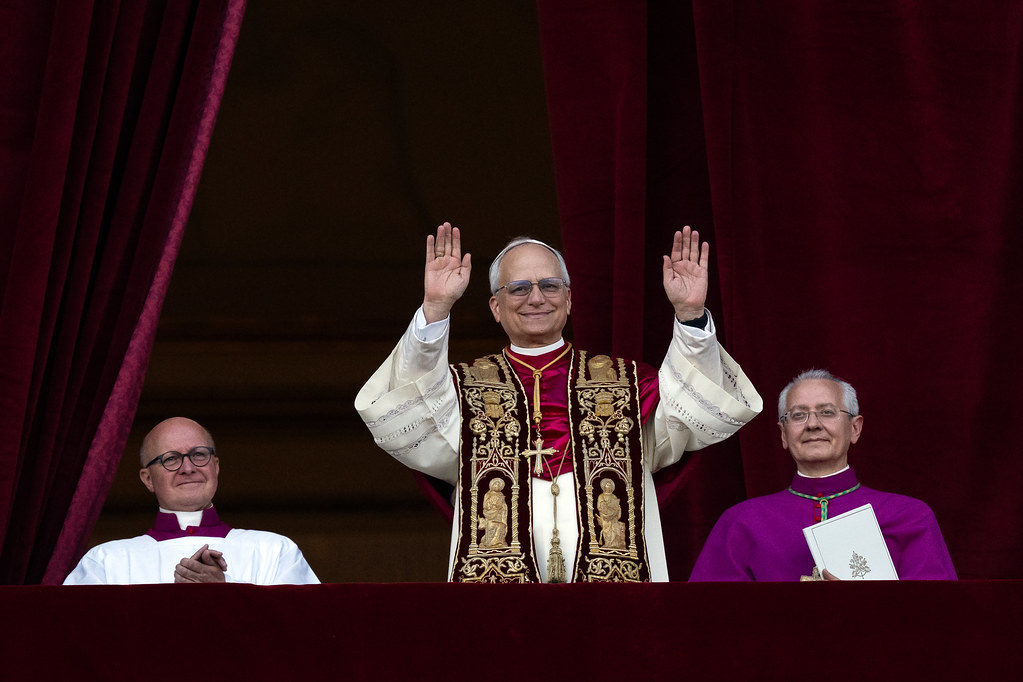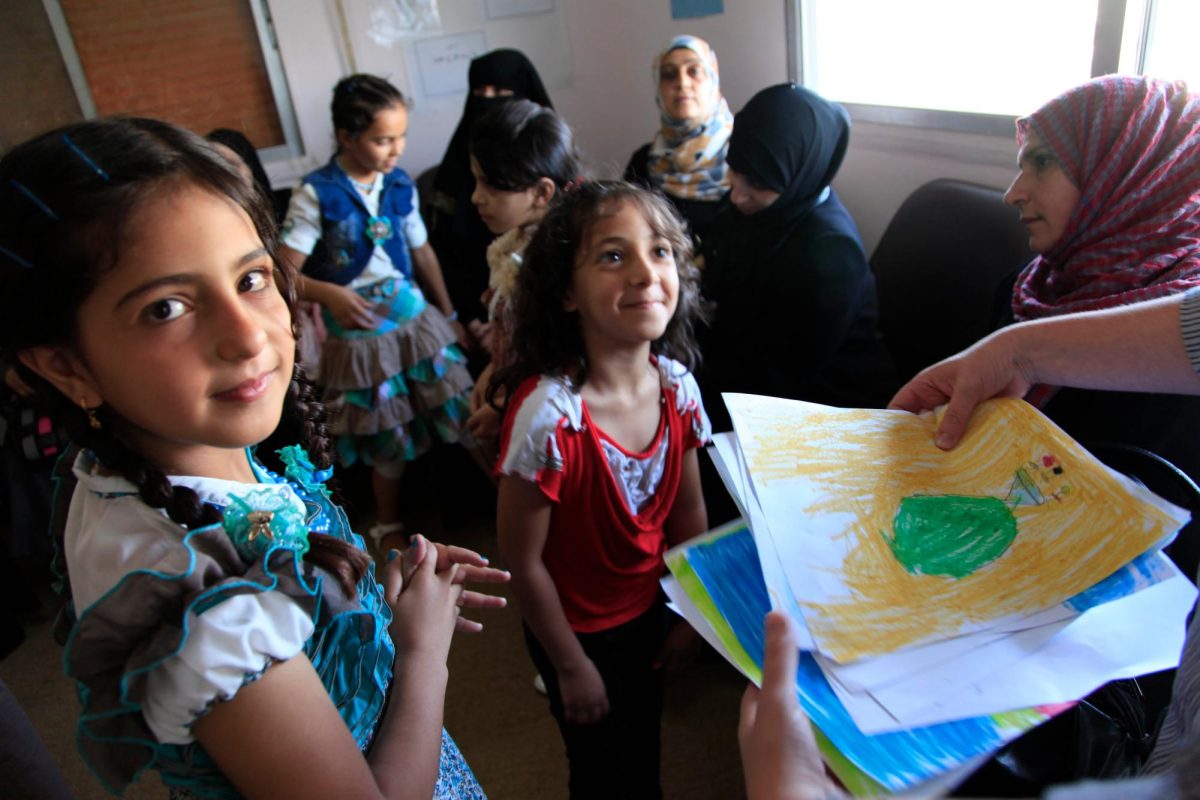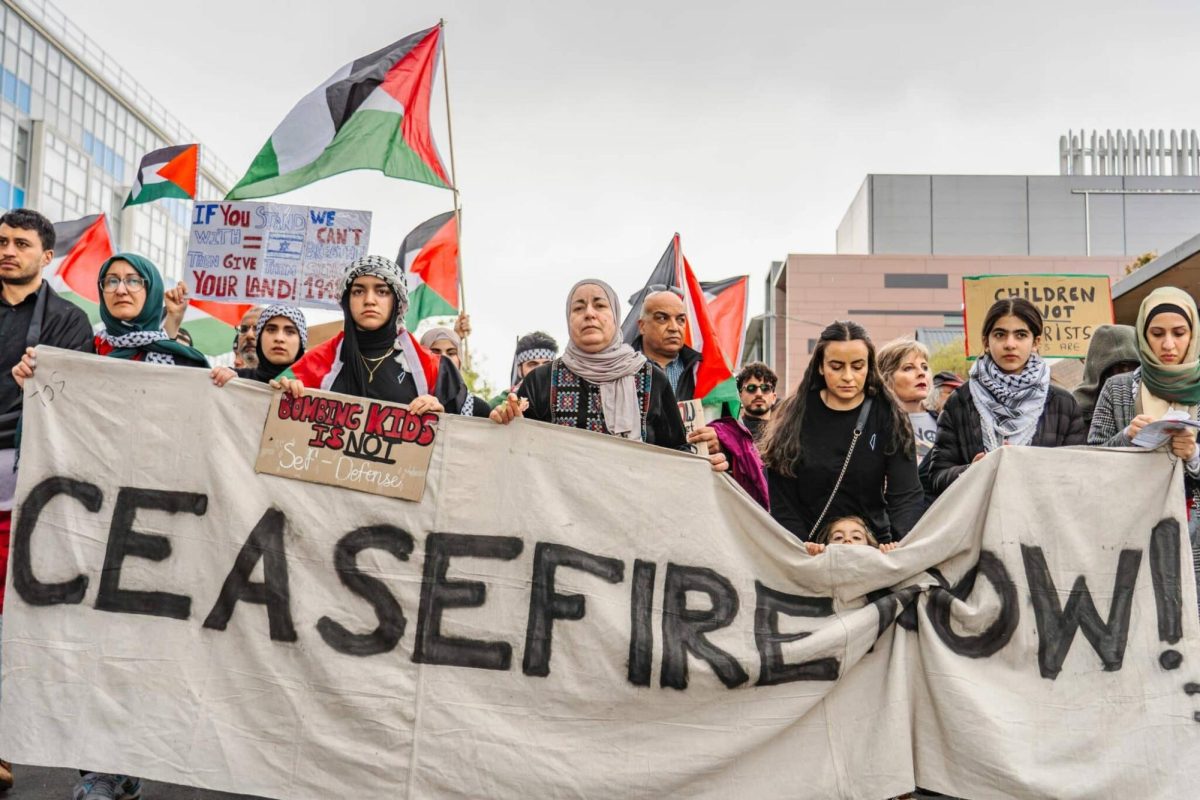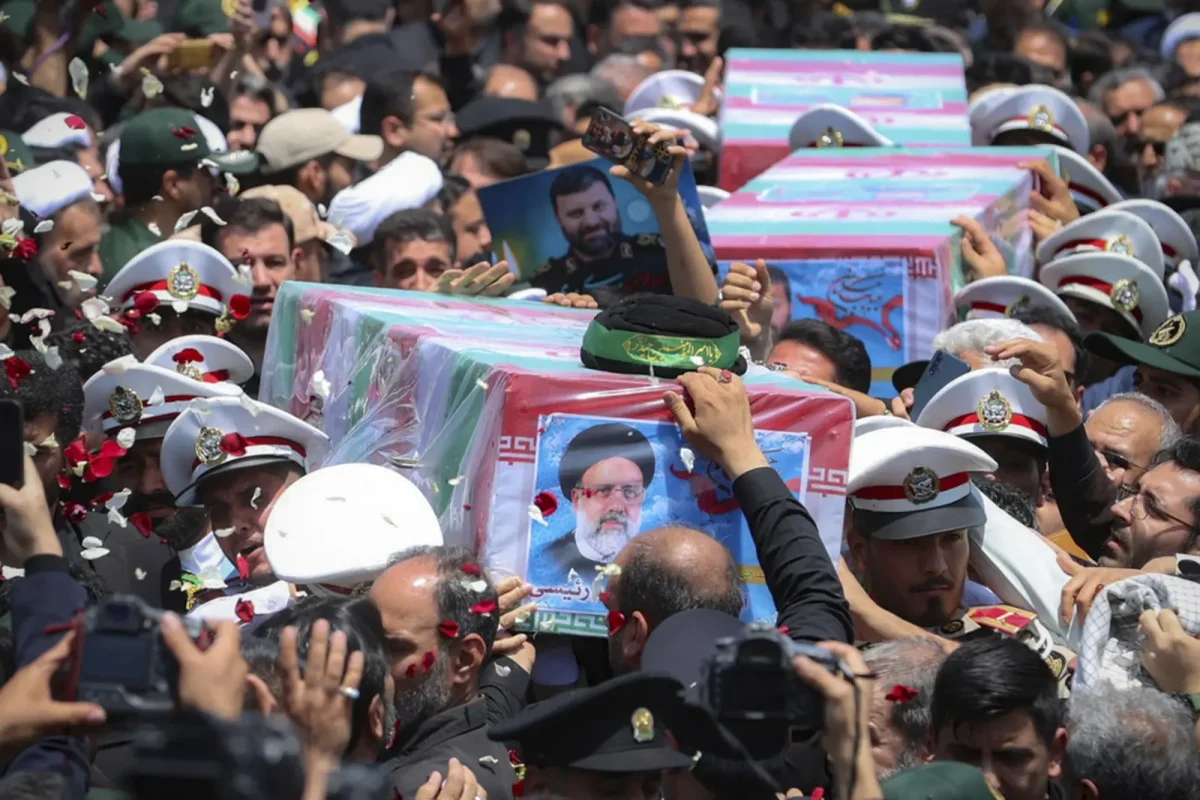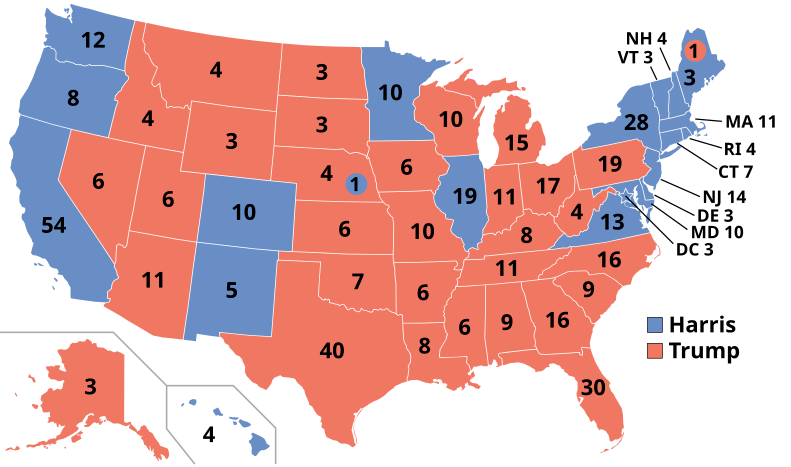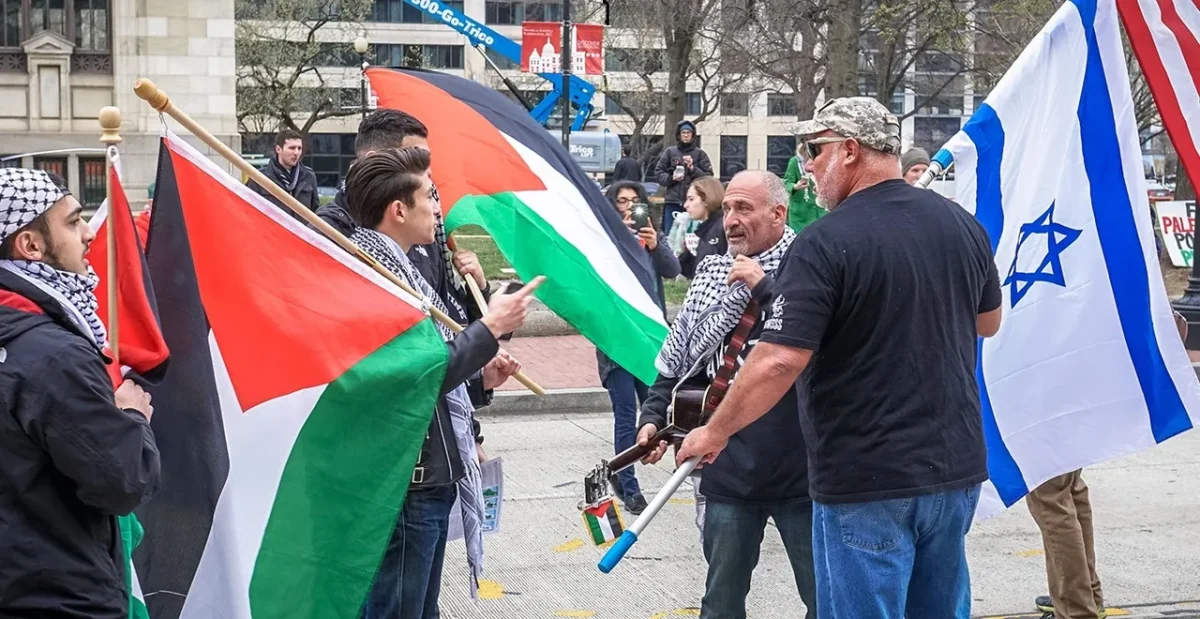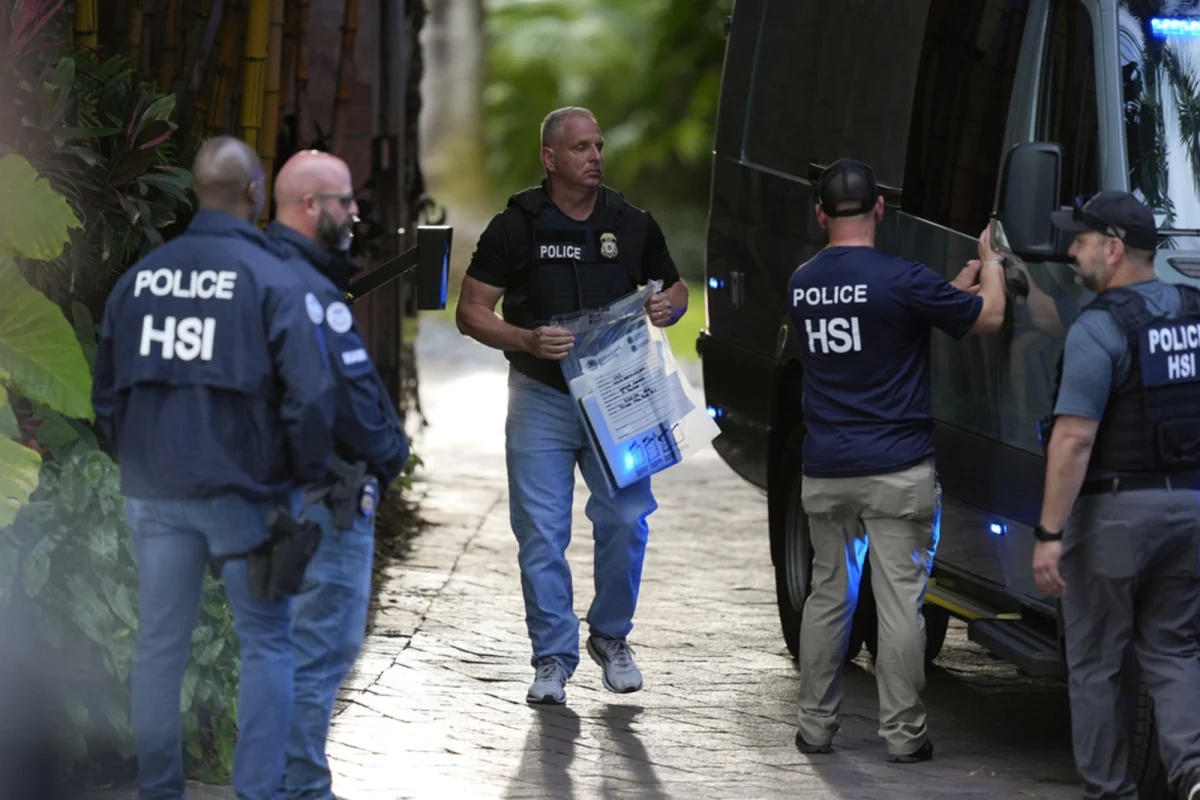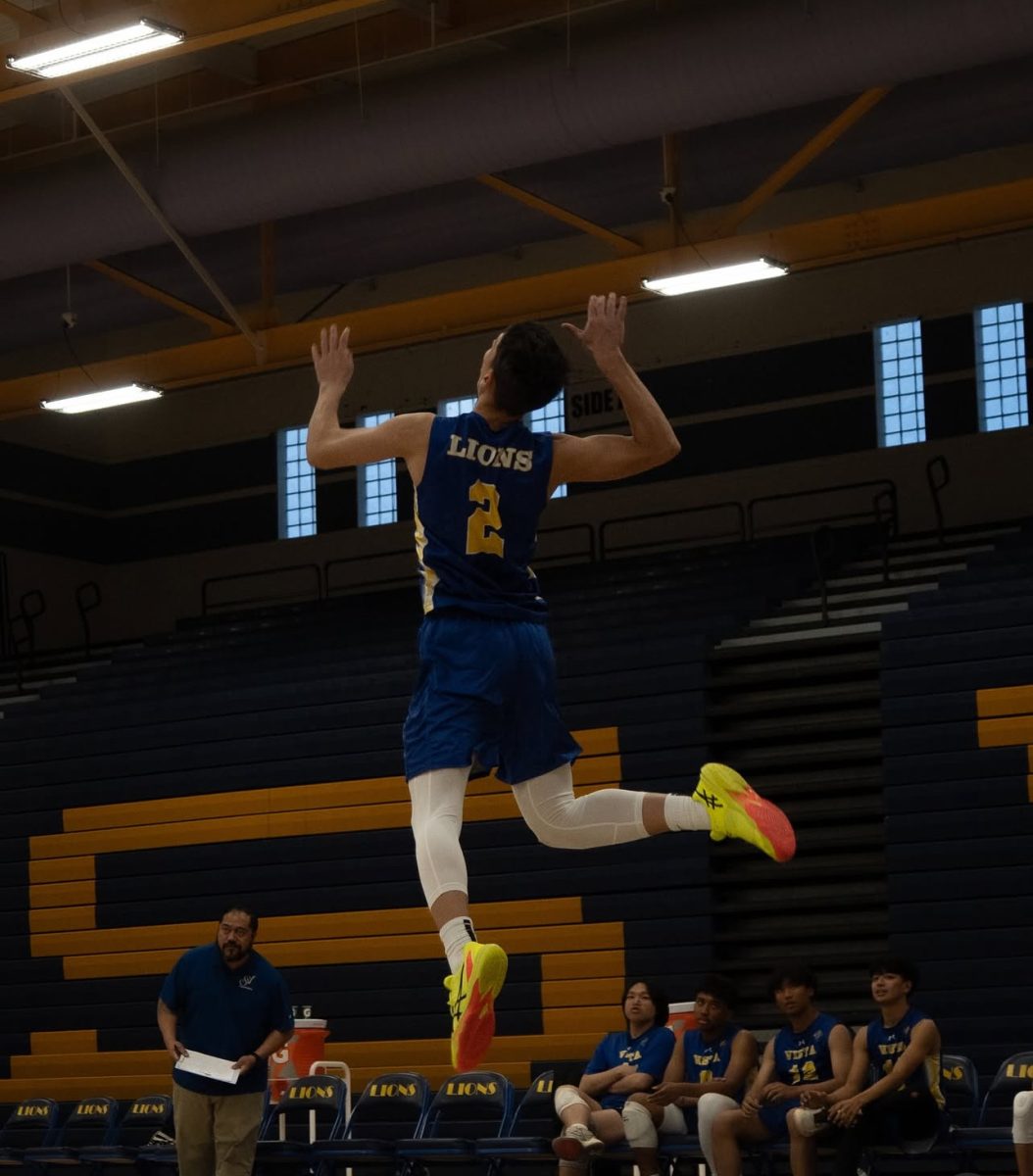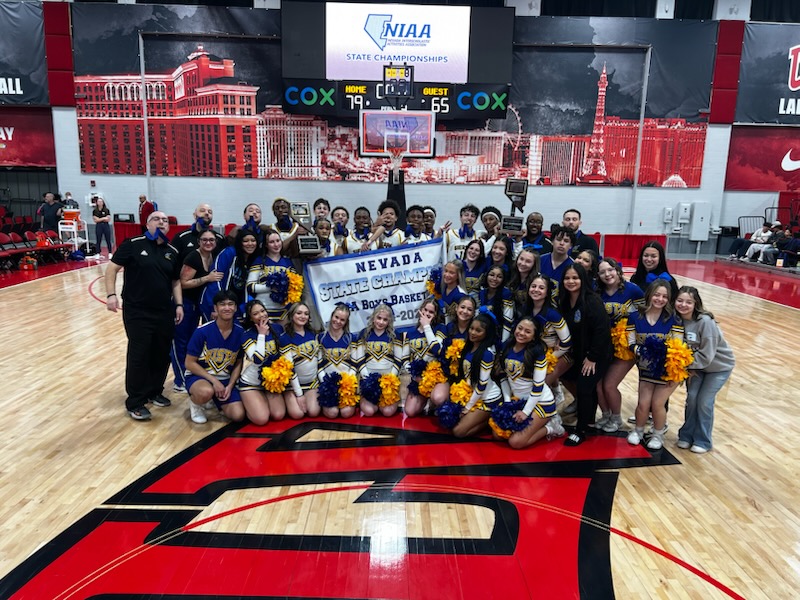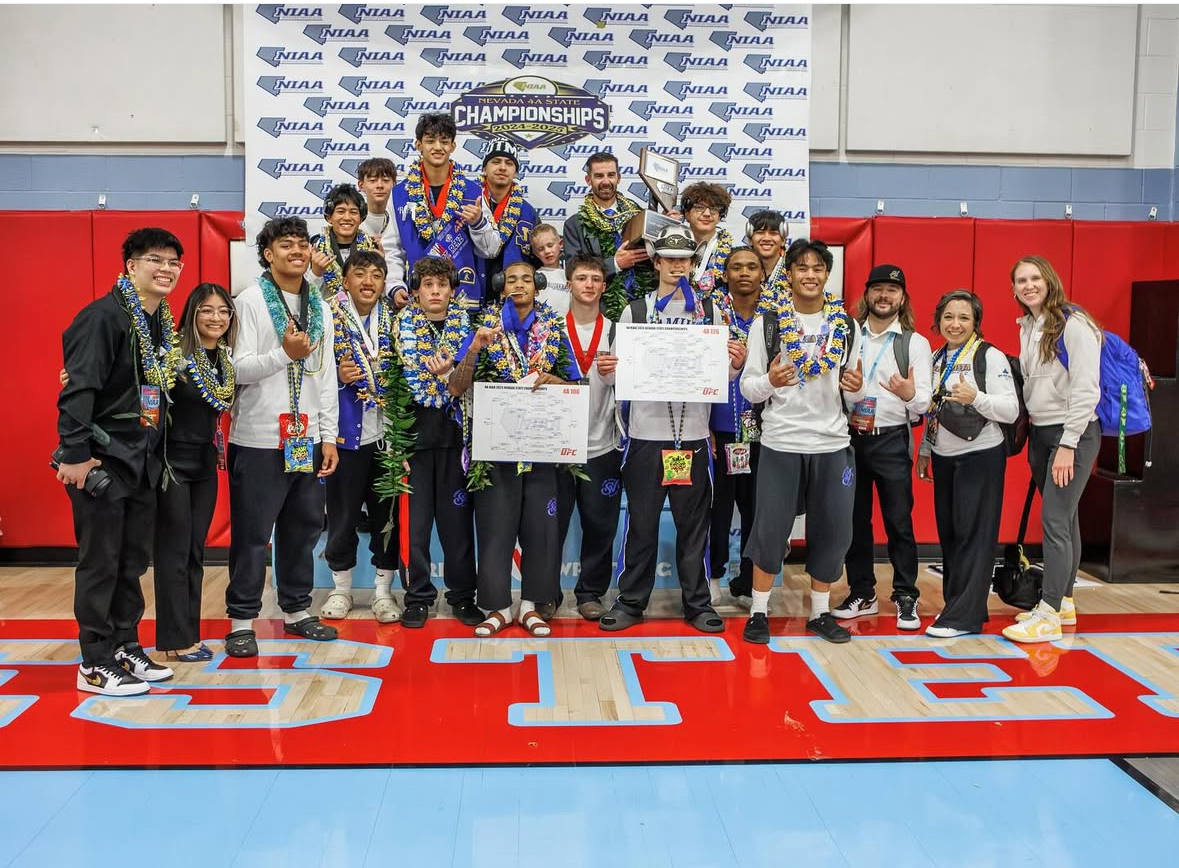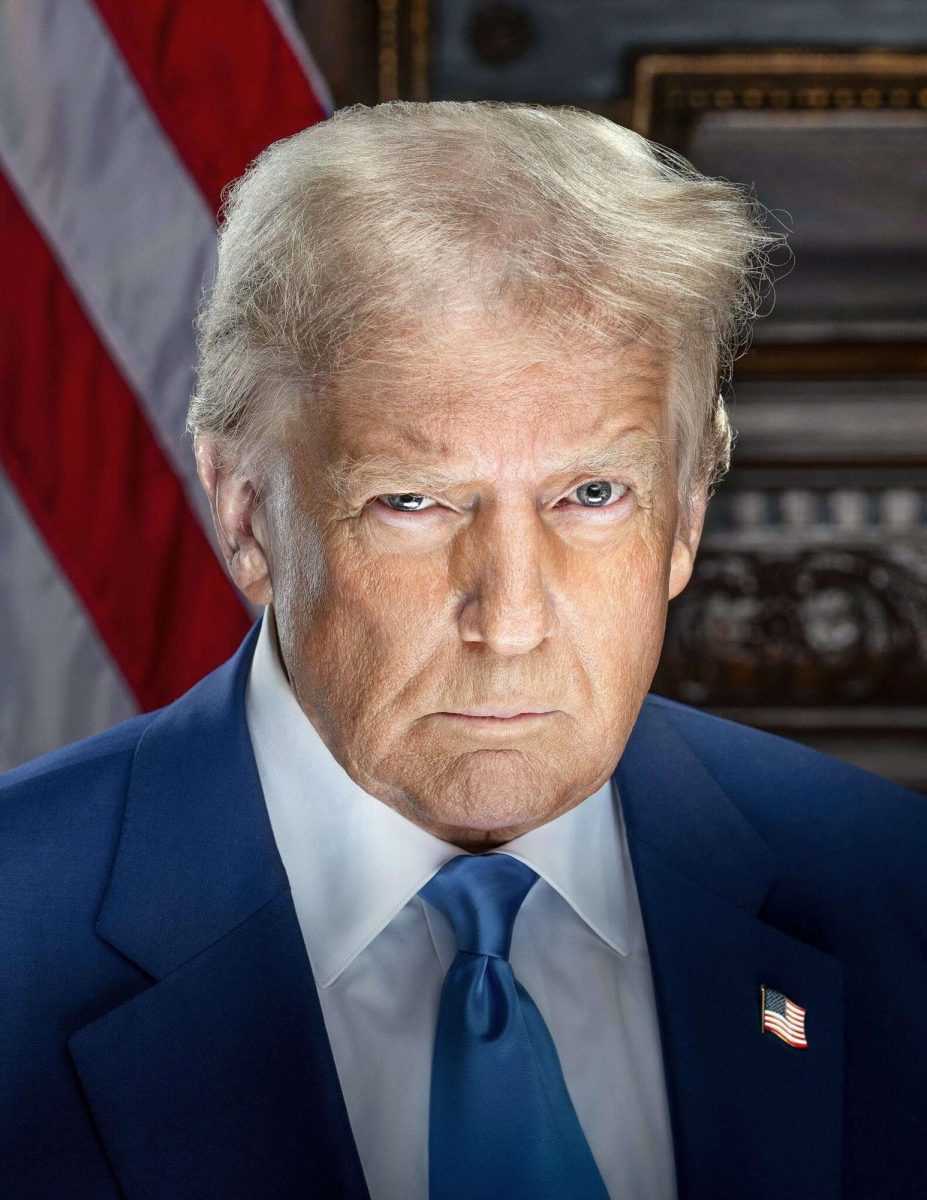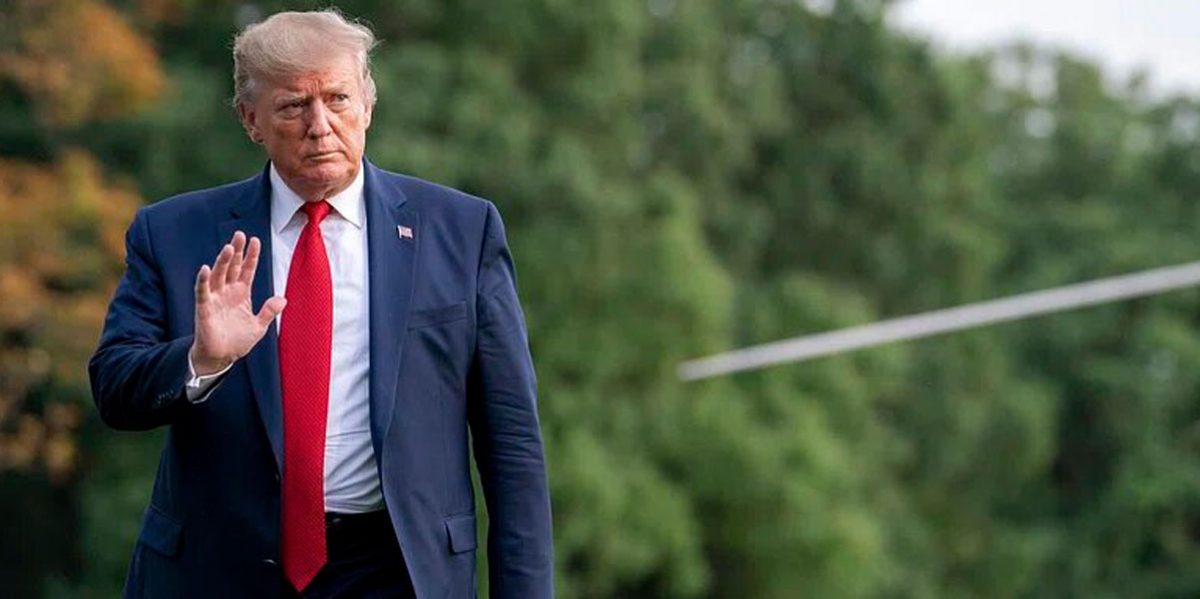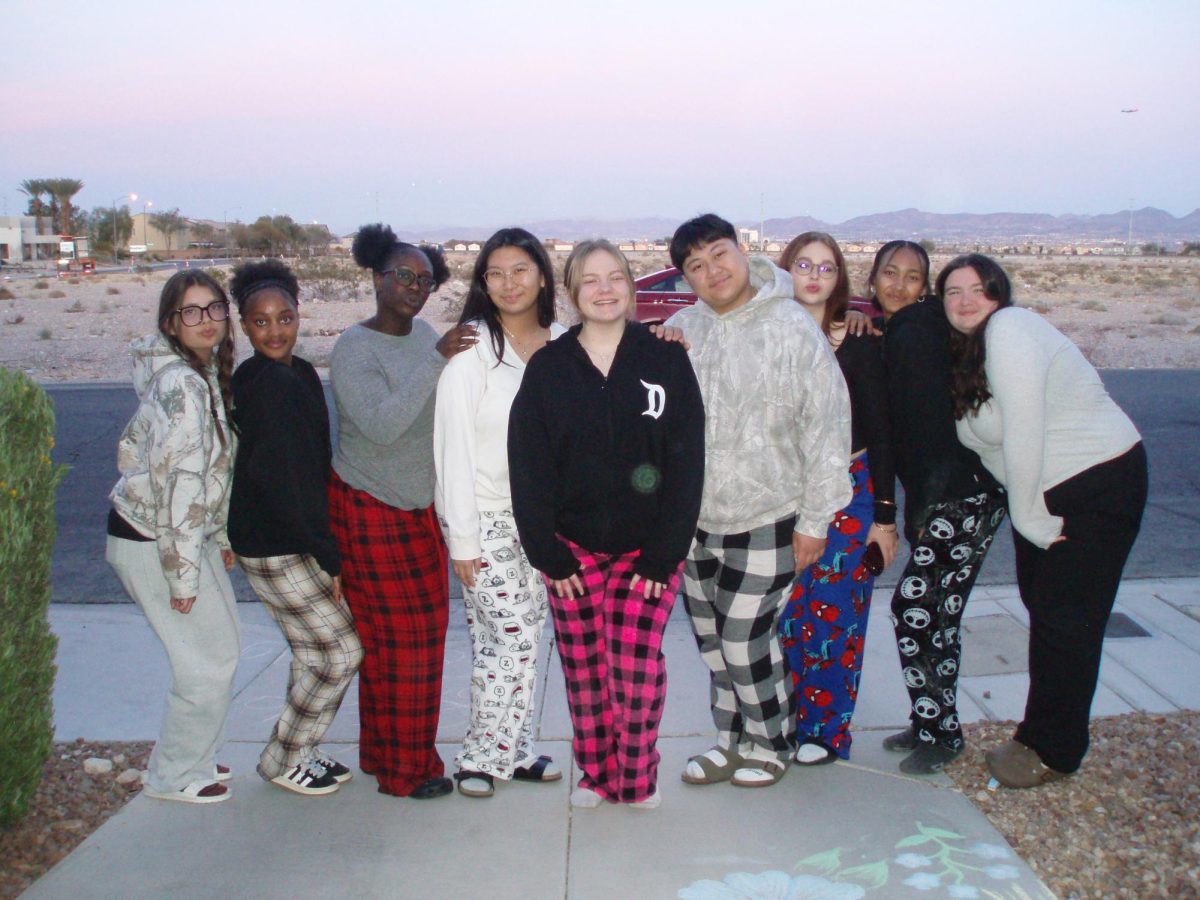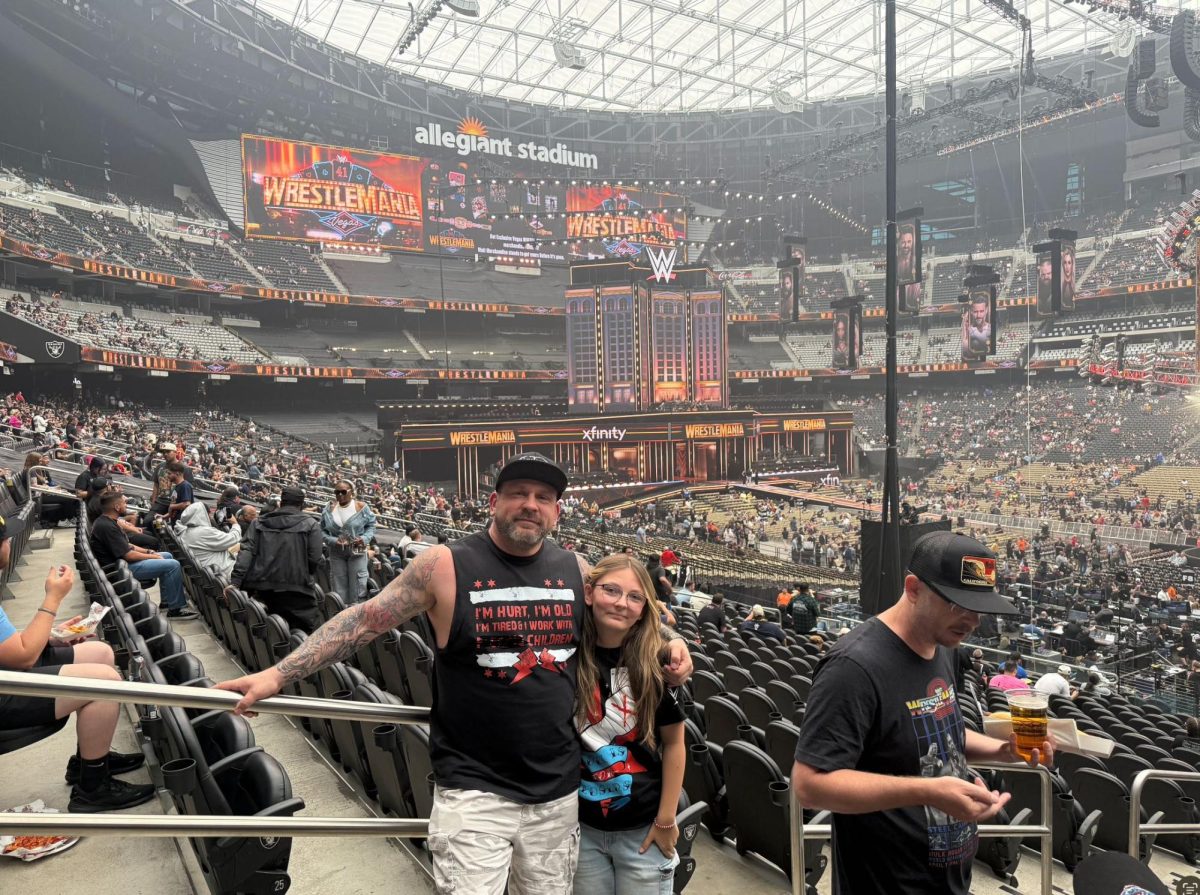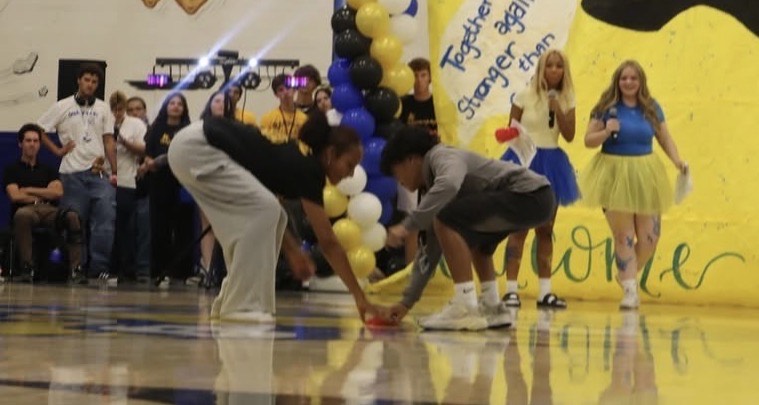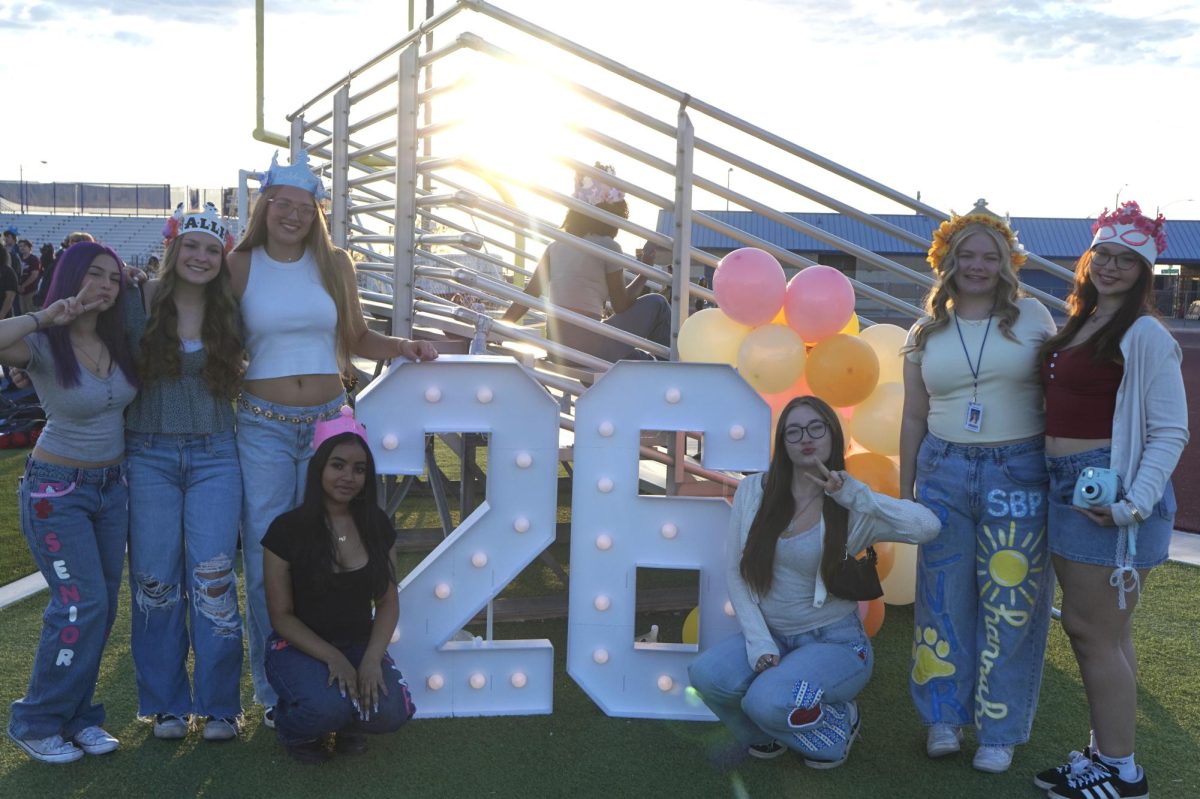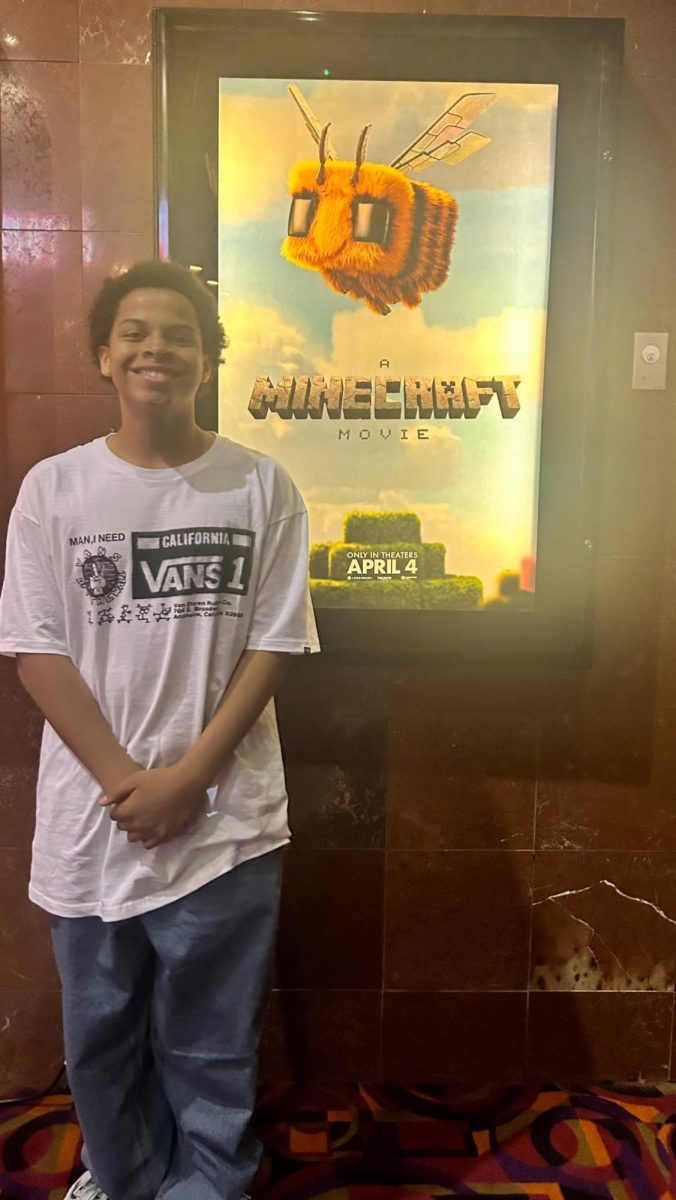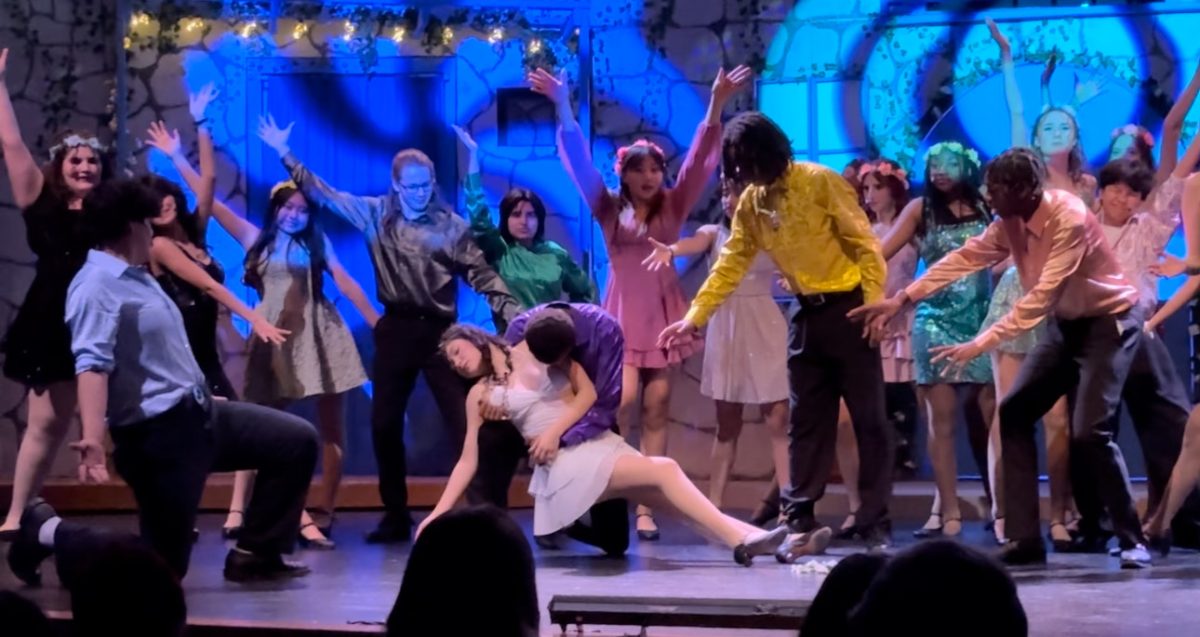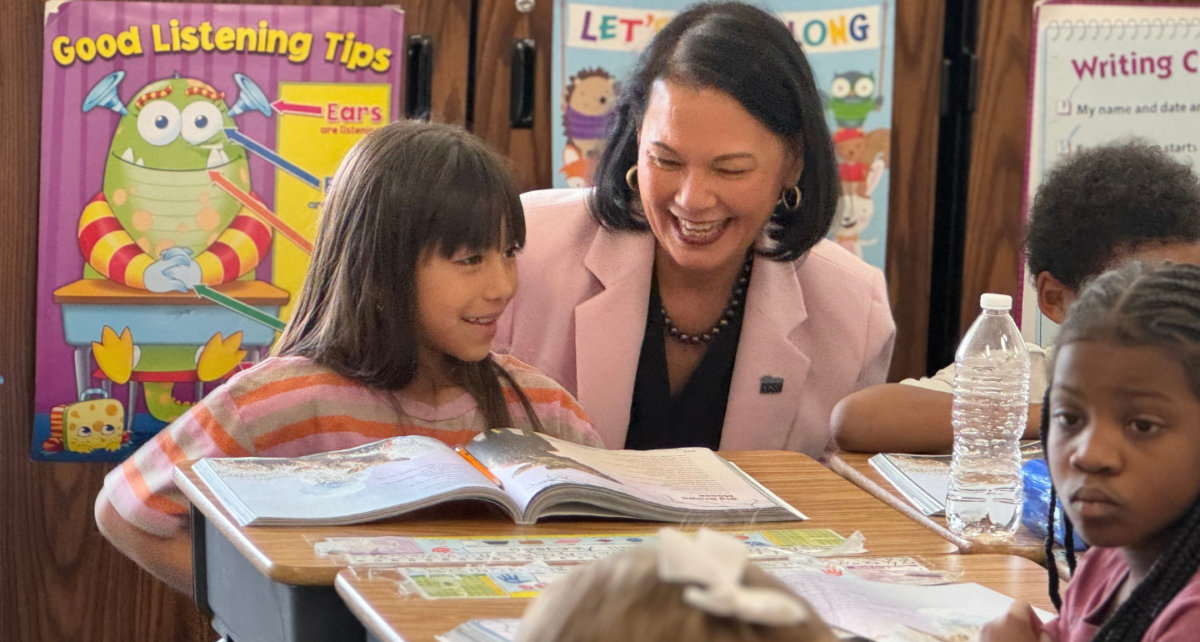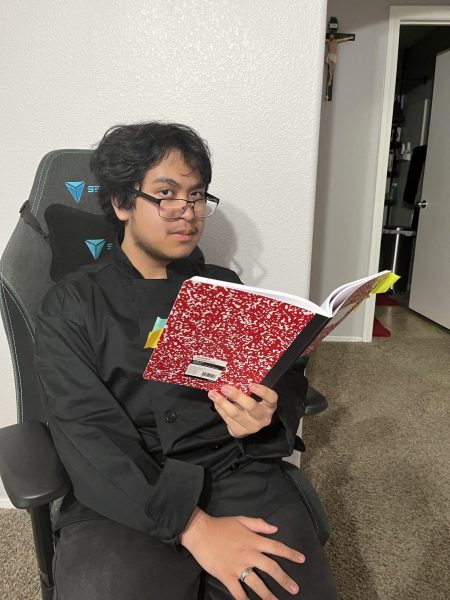On the morning of Easter Monday, April 21, 2025, Pope Francis passed away at 88 years old in the Vatican, ending his 12 year tenure as the head of the Catholic Church. Since 2013, Pope Francis ascended to the mantle of representing and advocating for over a billion Catholics worldwide. Francis passed away at his guesthouse in Casa Santa Marta after a difficult and long fight with double pneumonia.
Pope Francis made his final public appearance the day before his death on Sunday, April 20, at the balcony of St. Peter’s Square where he blessed thousands of people in celebration of Easter. In addition to the Easter blessings, Pope Francis also met with the U.S. Vice President J.D. Vance where they held a short conversation to greet each other for Easter. This meeting also comes after Francis publicly criticized President Donald Trump and his administration for their deportation of immigrants in the U.S.
For roughly three months, Pope Francis struggled with double pneumonia. The beginning stages of his illness date all the way back to February 5, where he failed to properly deliver a message to his audience at the Vatican due to an issue he labeled as a “strong cold.” The day following his message, the Vatican press elaborated on his “strong cold,” announcing that Francis suffered from bronchitis. After nearly two weeks under intensive care, the bronchitis eventually developed double pneumonia. Following a 38-day period of hospitalization and several medical emergencies, Vatican hospitals discharged Pope Francis with hopes that he would recover for the next two months. Roughly under a month following his dischargement from the hospital, Francis made his final appearance on Easter Sunday and passed away the day after.
Pope Francis’s passing left a void in the role of head of the Catholic Church. On May 7, 15 days after Francis passed away, the papal conclave to elect a new pope commenced. In the Sistine Chapel, 133 cardinals from across the world gathered and locked themselves away for the sake of electing a new head of the Catholic Church. The process of electing a new pope lasted a day, with black smoke emitting from the chimney of the Sistine Chapel several times, which indicated failure in selecting a new pope.
On May 8, white smoke released from the chimney of the Sistine Chapel, which marked the end of the papal conclave to decide the 267th head of the Catholic Church. After the papal conclave’s conclusion, the Vatican declared 69-year-old Cardinal Robert Francis Prevost as the new head of the Catholic Church, with him taking the name of Pope Leo XIV.
Pope Leo XIV marks history with his election, as he becomes the first pontiff to originate from the U.S., where he grew up in Chicago, Illinois. After his announcement as the new pope, Pope Leo XIV released his first address to his audience at St. Peter’s Square, where he paid his respects to Pope Francis along with declaring his desire for peace. Although Pope Leo XIV possesses dual citizenship from both the U.S. and Peru, he still marks the first pope with U.S. origin.
As of May 15, a week passed since Pope Leo XIV’s election. In Leo’s next address on Sunday, May 11, he strengthened his desire for peace where he elaborated his wishes for an end to the Russia-Ukraine conflict, a permanent ceasefire between Israel and Hamas, and a stop to the recently sparked aggression between India and Pakistan.
With Pope Francis closing his chapter of the papal legacy, Pope Leo XIV opens his chapter as the new head of the Catholic Church and the primary representative of the Catholic people.
